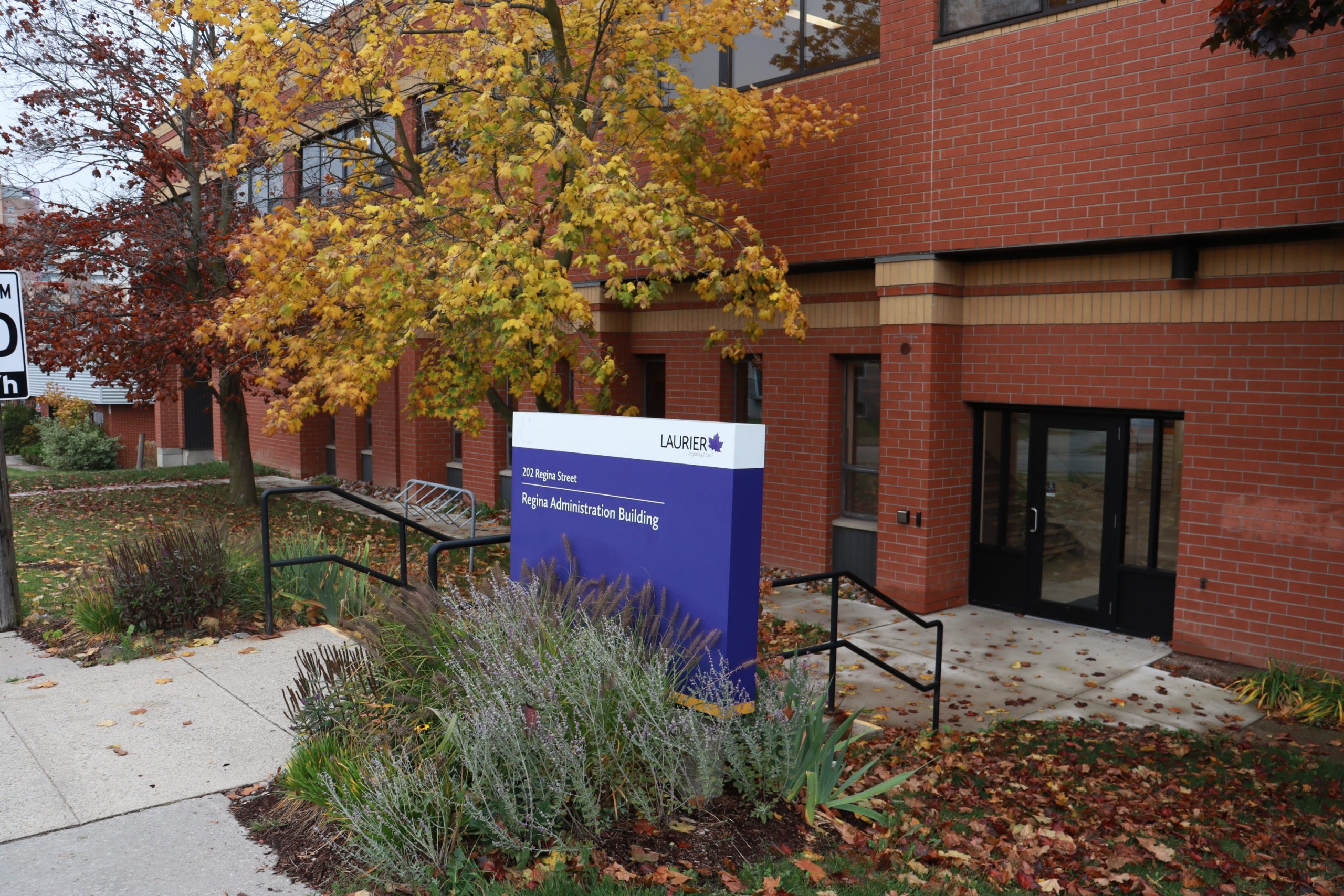Contracts Hurt Staff, strikes hurt students


Attending higher education promotes the expectation that there will be adequately prepared auditoriums, sufficient support from staff and enough professors to deliver lectures.
It’s easy to take advantage of that image.
We are familiar with our daily routines that seem to make the days blend together; we can expect the same professors carrying on their lecture within the same spaces.
This stability, however, is a stark contrast from the reality of some staff who are on the forefront of institutions and are faced with dreaded rollover agreements.
Full-time faculty and part-time faculty have had a large disparity that is slowly undermining the fabric of universities.
I was a student that was impacted by staff strikes.
Strikes threatened exam schedules, graduation timelines and the overall studying experience.
Issues regarding contract teaching faculty (CTF) can be precarious in nature, and there are many factors that need to be considered when addressing this.
What cannot be overlooked is the looming pressures that arise in anticipation of an uncertain future.
CTF positions are oftentimes presented in a convoluted manner to help obfuscate the nature of the issue, which is that it is simply more cost-effective for schools to keep people as temporary workers.
This has been a general trend seen across many educational sectors across Canada – Laurier is not special.
Collectively, institutions are working towards rendering their force dependent and bound by short-term contracts.
This is in opposition to the stability of those with full-time, permanent positions.
In comparison to full-time staff, contract faculty are paid less per course in addition to having their health or pension benefits rendered obsolete.
Part-time staff run the risk of being plagued with job insecurity, as contracts are often offered on a term-to-term basis.
This culminates into a stressful professional environment that is felt in the workplace as well as at home.
The strikes hope to lengthen the contracts and ensure wage improvements.
There seems to be a power struggle between schools, with tenured faculty utilizing their status leverage and level of seniority.
Wilfrid Laurier University Faculty Association (WLUFA), representing CTF, is the organization participating in the legal strike positions.
At Laurier, approximately 900 CTF teach on a course-by-course basis (the equivalent of 4 months at a time) and have minimal job security in contrast to full-time faculty who are hired on a permanent basis.
Regardless of the fact that full-time faculty are primarily tasked with conducting research and teaching, there is a discrepancy between how much each faculty member is paid per course they teach.
University budgets are bolstered by the Canadian government.
They are major employers, and the stress has rippled through the community.
The COVID-19 pandemic has introduced “rollover” agreements that are notably shorter, a far cry from the faculty union contracts which typically would undergo negotiation for 3 or 4 years.
These rollover agreements work to extend previous contracts, but in significantly shorter bursts.
We are now seeing these coming up for negotiation, as are the normal-length contracts that were signed prior to the onset of the pandemic.
Educational institutions plant the seeds for a strong, well-equipped society that can adhere to its needs and address issues head-on for the greater good.
If we can’t reinforce the first line of contact students have with the professional outside world, how can we expect them to be confident in the workforce?


